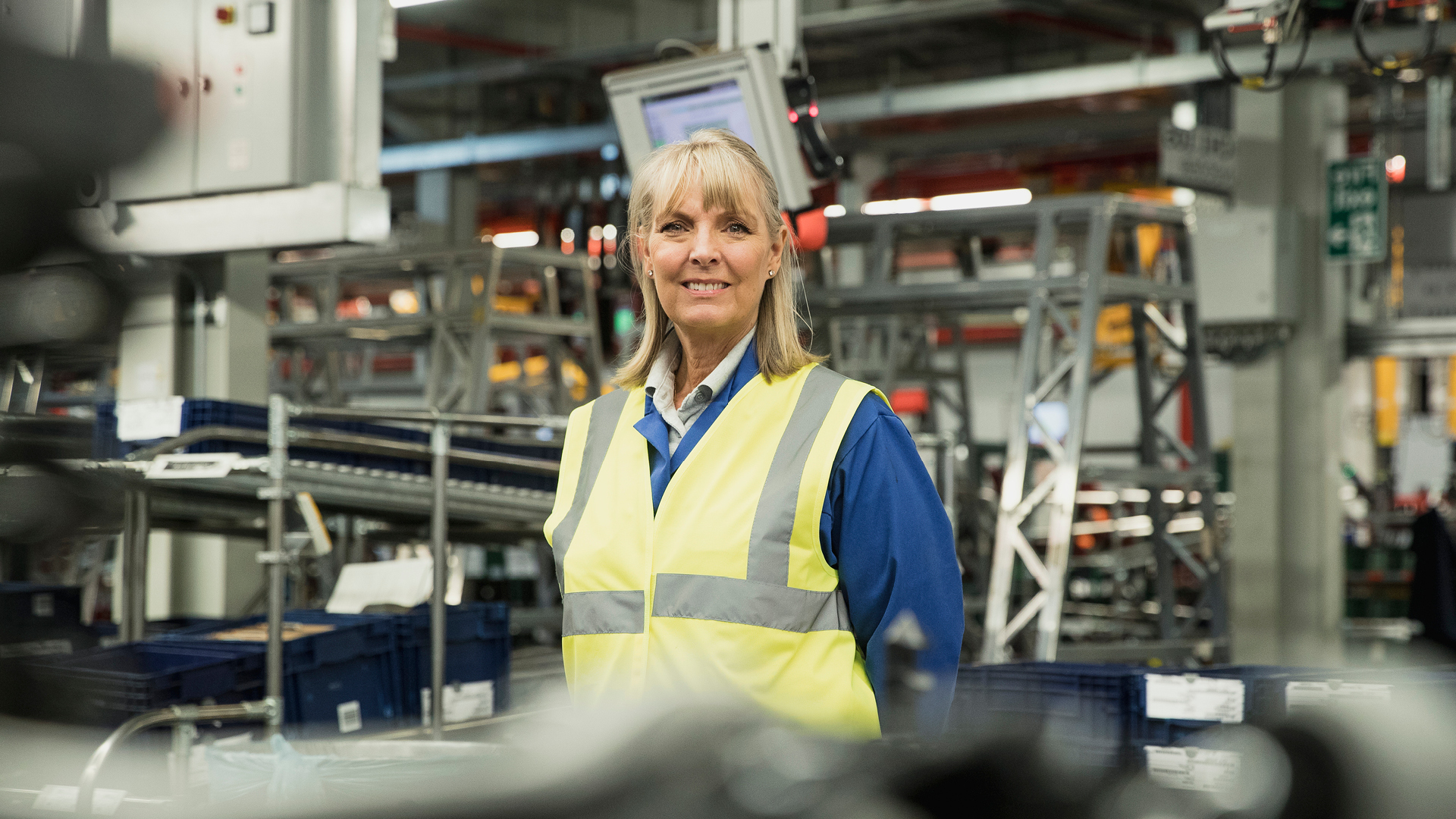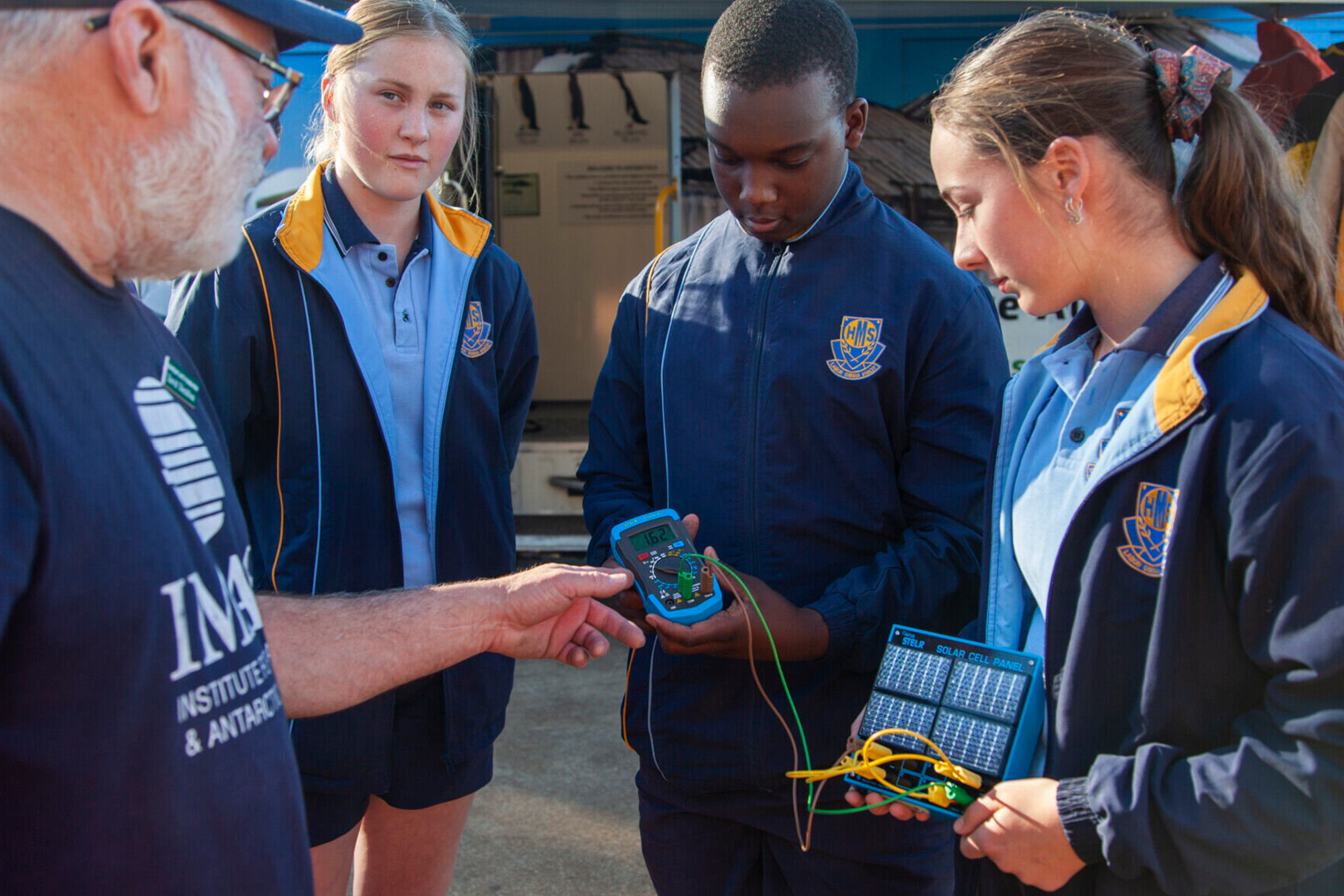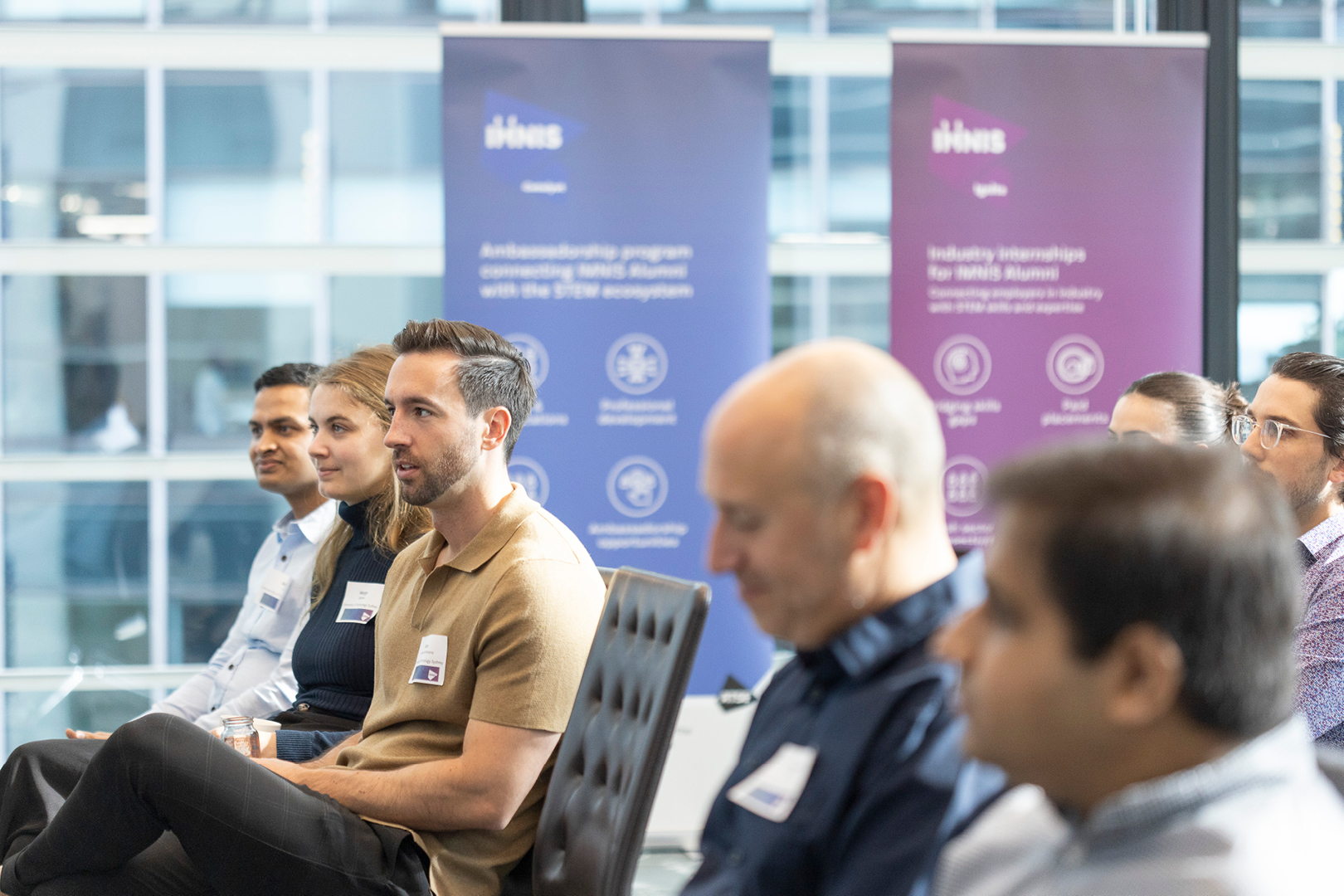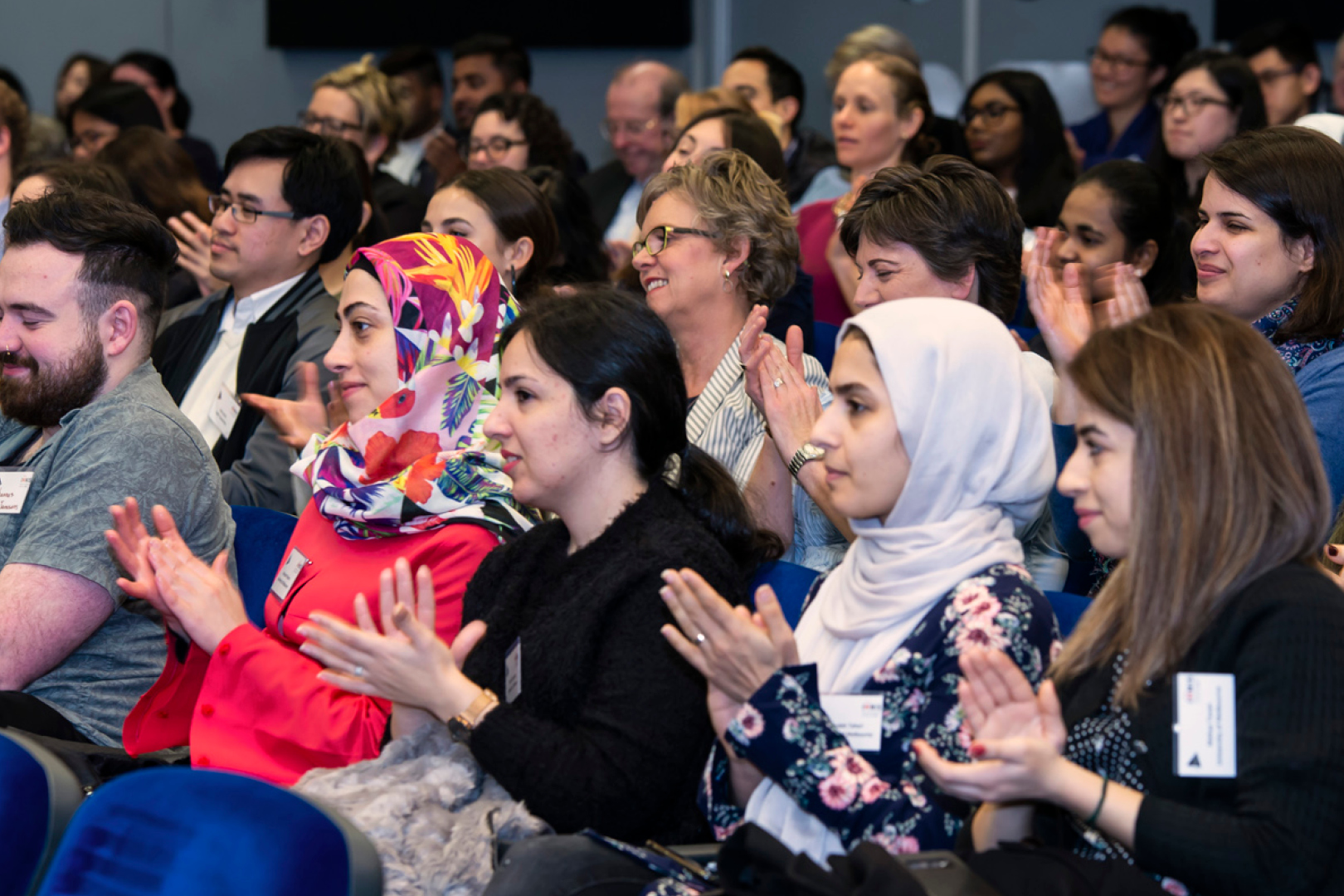Pathways into & through STEM
We are inspiring young people about STEM and creating pathways to address the STEM skills shortage
We are inspiring young people about STEM and creating pathways to address the STEM skills shortage
Demand for STEM skills in Australia is clear. Three quarters of the fastest-growing occupations require significant STEM skills and knowledge. STEM-based employment is projected to grow at almost twice the pace of other occupations. Yet recent ABS statistics show employers are still having difficulty recruiting STEM-skilled professionals, particularly in mining, manufacturing and electricity, gas, water and waste services.
Increasing the use of inquiry-based and problem-based pedagogies within STEM and other subjects, taking advantage of industry partnerships where appropriate, and exploring the use of new educational technologies will significantly improve the quality of education in Australia. It is also critical that teachers are trained to be skilled and confident in STEM subject matter.

Our nation currently lacks the capacity and critical capabilities to be able to deliver on our technology-powered, human-driven potential – both now, and into the future. ATSE has identified five key areas that require immediate attention if we are to unlock the country’s technological potential. These are in the areas of mathematics, digital skills, agricultural technologies, engineering, and entrepreneurship. Four themes emerged as overarching recommendations that apply to each domain and to addressing STEM skills shortages more broadly. Download the report to read more.

Elevate
Elevate will award more than 500 scholarships to women and non-binary people to enter and or continue their STEM journey.
> Elevate: Boosting women in STEM

STELR
STELR is our ready-to-use STEM resource that is hands-on, inquiry-based, and in-curriculum for secondary schools.
> STELR curriculum modules & equipment

Emerging Leaders Network
The ATSE Emerging Leaders Network will support twenty high-potential young people from diverse backgrounds to grow their capability as emerging leaders.
> ATSE’s Emerging Leaders Network

IMNIS Engage
The Industry Mentoring Network in STEM (IMNIS) supports PhD students and early-career researchers to develop industry skills, knowledge, networks and learn about career opportunities through mentoring.
> IMNIS Engage mentoring

IMNIS Catalyst
IMNIS Catalyst is an ambassador program where IMNIS alumni represent IMNIS and ATSE in the STEM sector as they engage with schools, industry, and academia.
> IMNIS Catalyst ambassador program

IMNIS Ignite
IMNIS Ignite connects employers with PhD students, graduates and early career-researchers who have completed the IMNIS Engage program for STEM industry internships.
> IMNIS Ignite internships